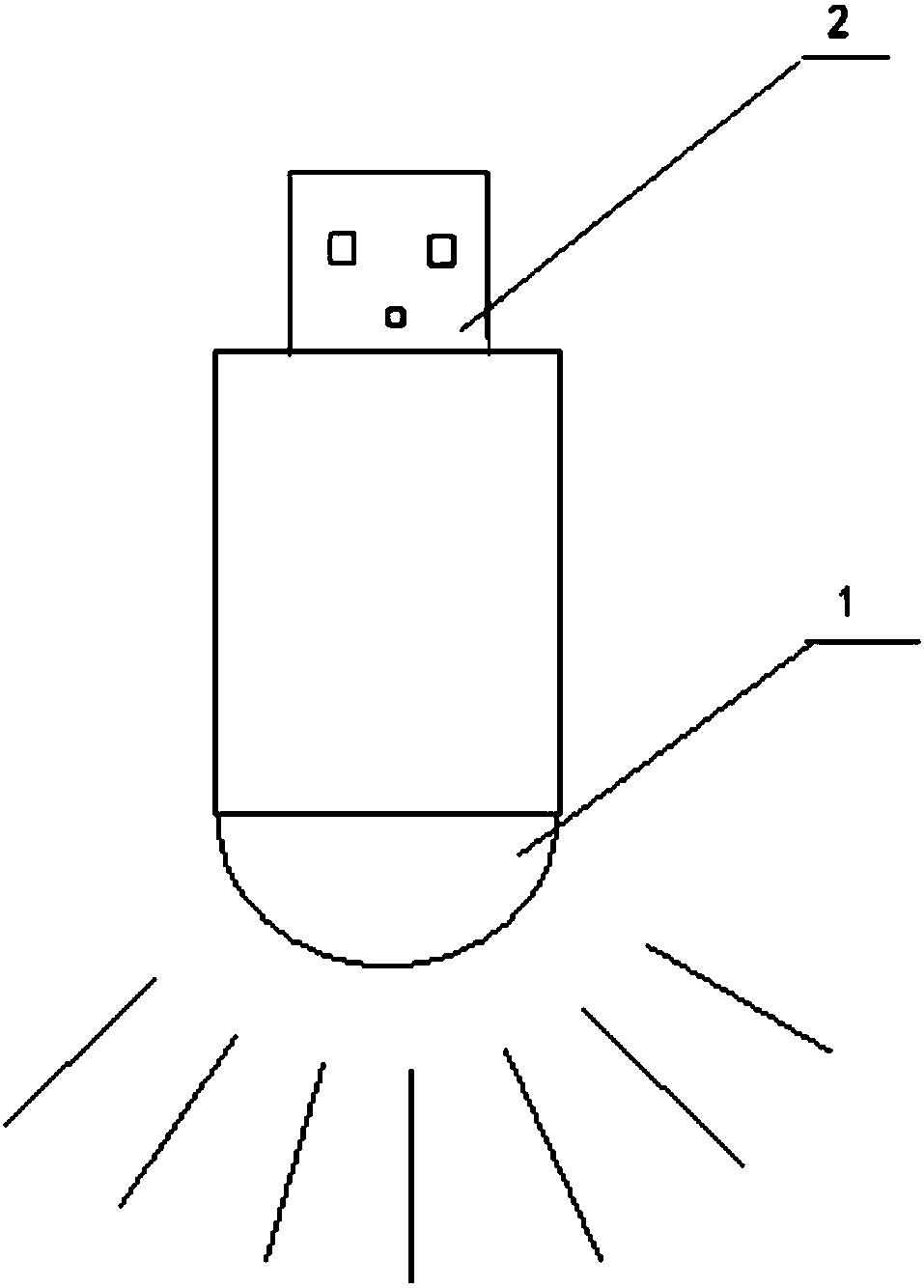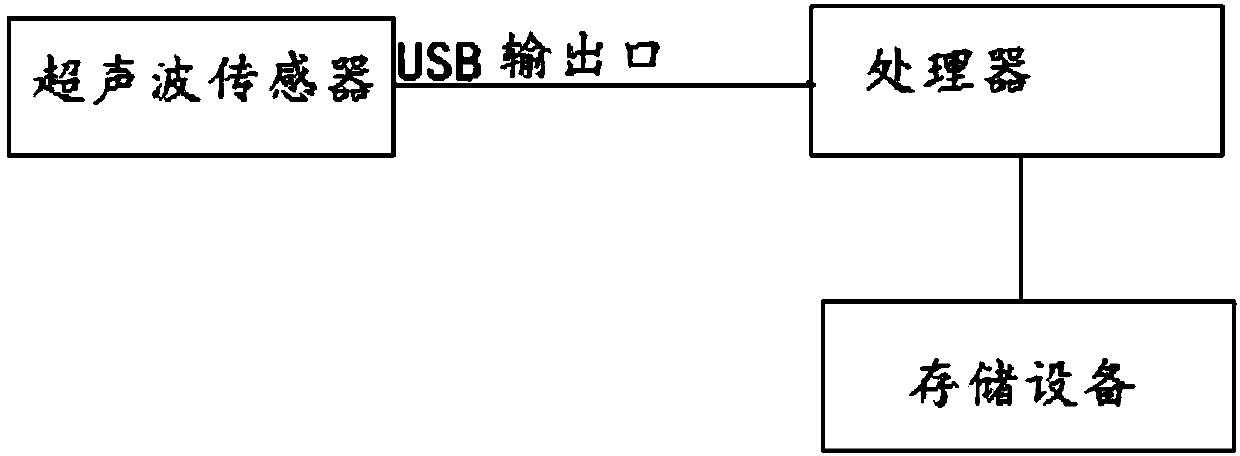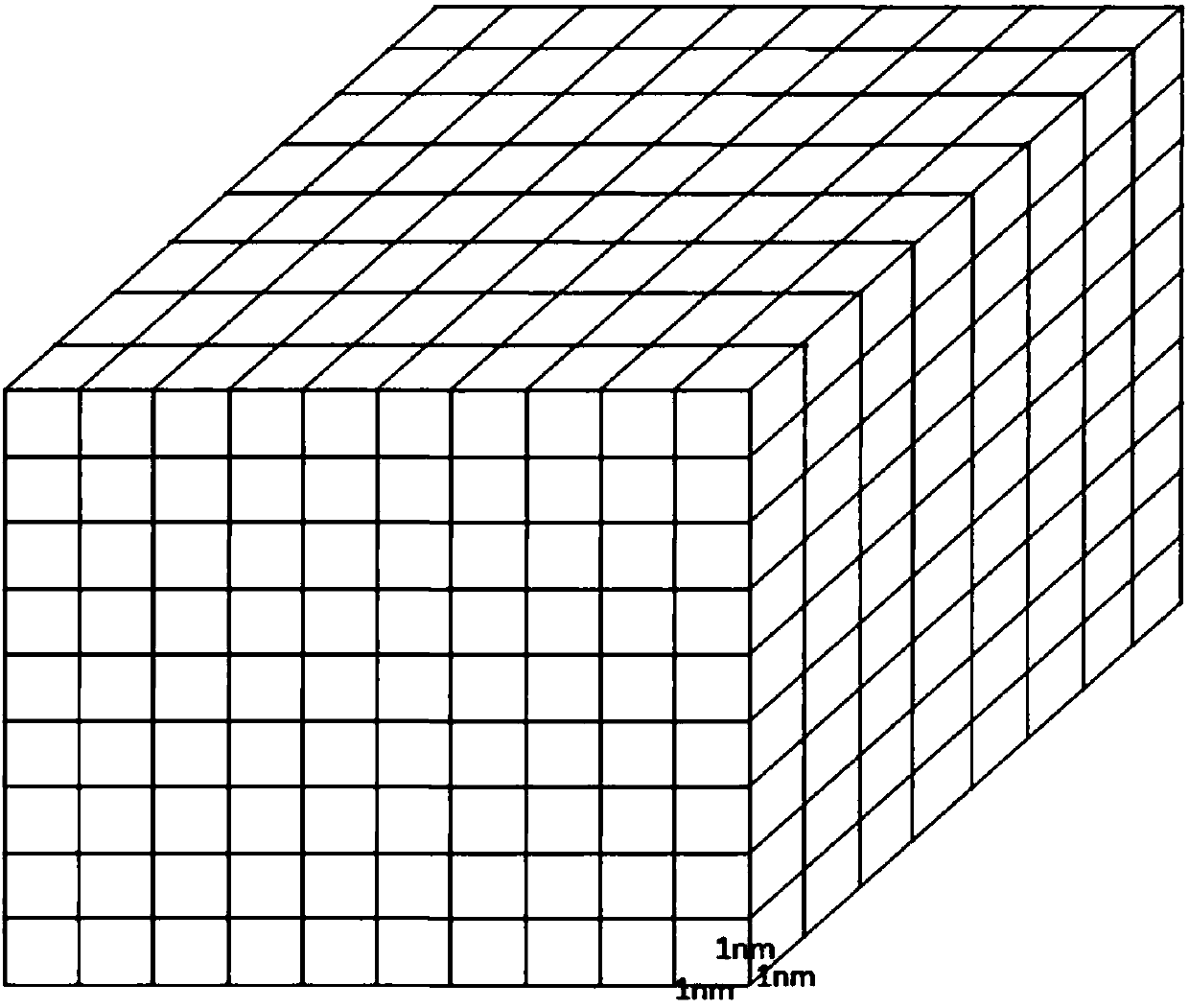Method and device for measuring human tissue quasi-elastic coefficient and elasticity
A technology of human tissue and elastic coefficient, applied in the field of detection, can solve the problems of expensive precision, inconvenience, and unacceptable by doctors, and achieves the effect of low dependence on image accuracy, avoiding data errors, and saving computing time.
- Summary
- Abstract
- Description
- Claims
- Application Information
AI Technical Summary
Problems solved by technology
Method used
Image
Examples
Embodiment 1
[0059] Embodiment 1: the mensuration of quasi-elastic coefficient of human tissue
[0060] Taking human tissue as an example, this embodiment introduces a new method in the measurement of the quasi-elastic coefficient of human tissue, that is, the simplex optimization method is used to obtain the quasi-elastic coefficient of human tissue. The method for three-dimensional ultrasonic (or two-dimensional) detection is based on the following formula (1):
[0061] T=E XX ΔX+E YY ΔY+E ZZ ΔZ (1)
[0062] In formula (1): T is the tension of human tissue, E XX ,E YY ,E ZZ are the three main elastic coefficients of human tissue, ΔX, ΔY, and ΔZ are the displacement of human tissue after pressure is added;
[0063] 1. First put a set of hypothetical elastic coefficients E XX0 ,E YY0 ,E ZZ0 As input points, ΔX, ΔY, and ΔZ are determined by the image density obtained by three-dimensional ultrasonic detection (the specific details belong to common knowledge in ultrasonic image reco...
Embodiment 2
[0074] Embodiment 2: the measuring method of quasi-elasticity of human tissue
[0075] For the measurement of the quasi-elasticity of human tissue, this embodiment mainly uses the secondary imaging method to measure the relative change of the quasi-elastic coefficient of human tissue, and the measurement method in Example 1 is used for each measurement of the quasi-elastic coefficient of human tissue. That is to determine the quasi-elastic coefficient of a human tissue through the first ultrasonic imaging, and then determine the quasi-elastic coefficient of another human tissue through the second ultrasonic imaging at intervals, and compare the changes in the quasi-elastic coefficient of the two human tissues. The change of the quasi-elasticity coefficient of the human tissue can accurately distinguish normal cells and tumor cells.
[0076] For example, for a tumor patient, the method for measuring the quasi-elasticity coefficient of the human tissue can be used, and the patie...
Embodiment 3
[0078] Embodiment 3 A kind of ultrasonic detector
[0079] This embodiment provides a dedicated ultrasonic probe used in the method for measuring the quasi-elastic coefficient of human tissue, so that it does not need to rely on an expensive ultrasonic imager. Cooperate figure 1 As shown, the ultrasonic detector includes an ultrasonic sensor 1, and the output port 2 of the ultrasonic sensor 1 is in the form of a USB output port.
PUM
 Login to View More
Login to View More Abstract
Description
Claims
Application Information
 Login to View More
Login to View More - R&D
- Intellectual Property
- Life Sciences
- Materials
- Tech Scout
- Unparalleled Data Quality
- Higher Quality Content
- 60% Fewer Hallucinations
Browse by: Latest US Patents, China's latest patents, Technical Efficacy Thesaurus, Application Domain, Technology Topic, Popular Technical Reports.
© 2025 PatSnap. All rights reserved.Legal|Privacy policy|Modern Slavery Act Transparency Statement|Sitemap|About US| Contact US: help@patsnap.com



